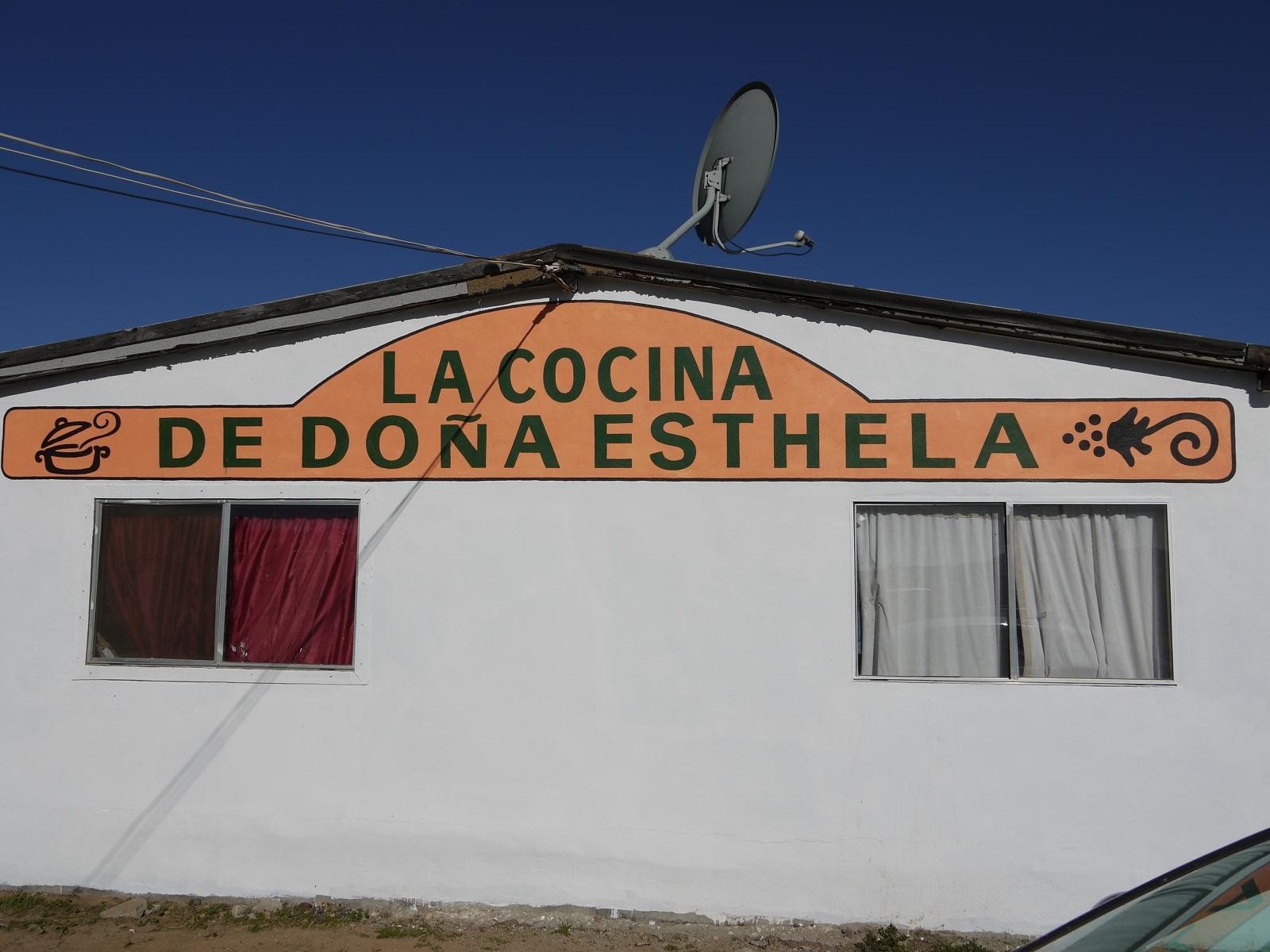
The first time I ventured into the Valle de Guadalupe I ended up driving in odd, winding patterns of dirt roads that sometime went to nowhere. I remember spending an hour and a half to try a find the last Russian family winery in the Valle: Chateau Bibayoff. An old man pulled up next to me while I was laying down some thick branches so I could cross a stream of water that had blocked my path–I wouldn't have made it across without it. He asked where I was going and I said Bibayoff, “well, I'm Bibayoff”, said the man, “follow me!”
Every path, every bumpy,dusty road holds some promise in the Valle de Guadalupe, whether it be a new winery, an cheese artisan, a roadside olive oil producer, a chorizo maker, or some undiscovered restaurant. It was a quiet morning in the western edge of the Valle de Guadalupe, near El Tigre, that I noticed an official wine country hand-carved wooden plaque for La Cocina de Doña Esthela. Over the hill I went on a scarred road barely suitable for conventional transportation to the home, farm, and kitchen table of Esthela, a baker, traditional Sinaloan cook, and cheese maker. There is no better way to start your day tasting Mexican wine in the Valle than with a profoundly, rich menudo blanco, birria de borrego cooked in an adobe oven, or hunks of salty queso fresco made from the milk of the family cow.
]
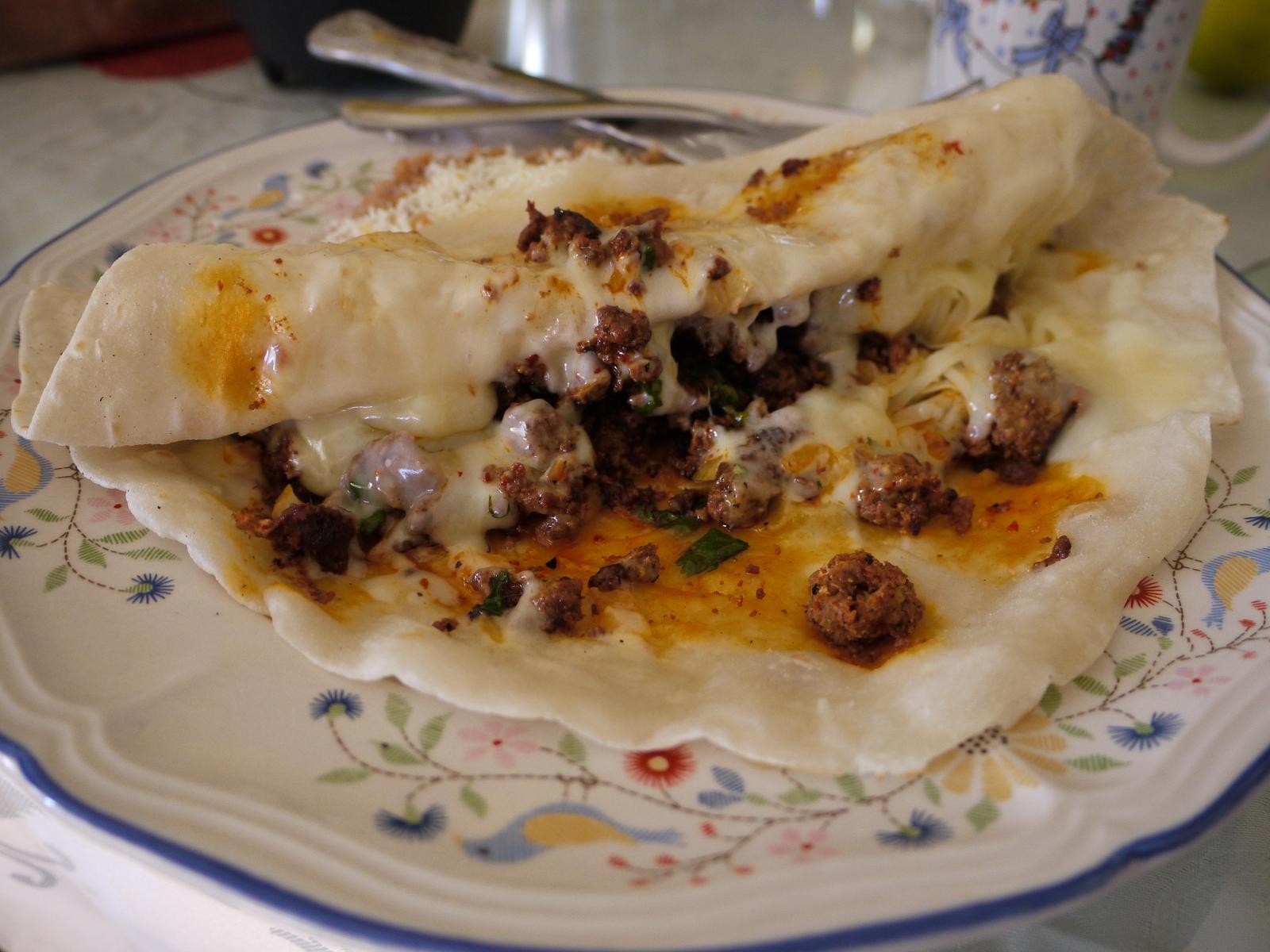
On my first visit to Esthela's humble, inviting kitchen I arrived at a slow time of the day and was offered seating inside her house, right at the kitchen table. I had spotted the adobe oven as I was walking inside, so I was in for whatever was coming out of there–in this case: birria de borrego, or barbecued lamb. It was more than a delicious plate of food; it was a confirmation of excellence–I trusted from the first taste that all her cooking would be exceptional. A hefty serving of homemade chorizo and melted cheese secreting orange oils onto a flour tortilla was prepared without regard for serving size or tradition–” I made it big because you look hungry”, said Esthela.

She then showed off her bowl milk forming into the delicious queso fresco Esthela serves as an complimentary starter, and the fancy olive oil she used from a nearby winery.
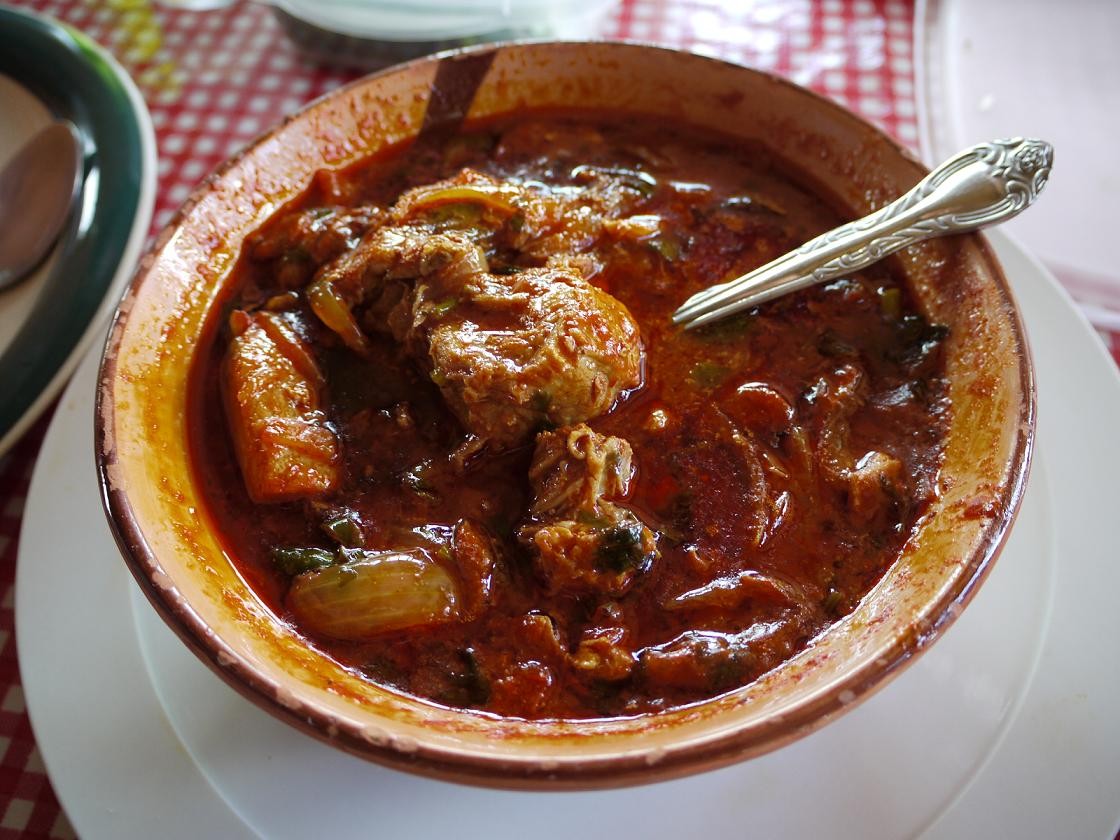
Weekends are when there is a crowd that's been building by word of mouth–they're even diners from the greater Los Angeles area that come to the Valle just for a bowl of Sinaloan style costillas en salsa roja(pork ribs in red chiles) bursting with rich pork and dark, fruity flavors of dried chiles with a simple flavor base that has been cooked at the right temperature and for the optimal length of time. Esthela is a master cook–she cooks in an original fashion you'd only find in the best fondas of Mexico. You want some extra heat?–Esthela will walk out to the garden and snip some painfully hot green peppers that are similar to a habanero.

a Esthela
There's machaca, of course–a proper Sinaloan kitchen couldn't be without this dish of dried beef jerky that's nicely browned here to give it a pleasurable crisp. Roll it up in Esthela's fresh flour tortillas and drag it through her ultra-savory frijoles puercos, or refried beans amplified by pork lard.
[
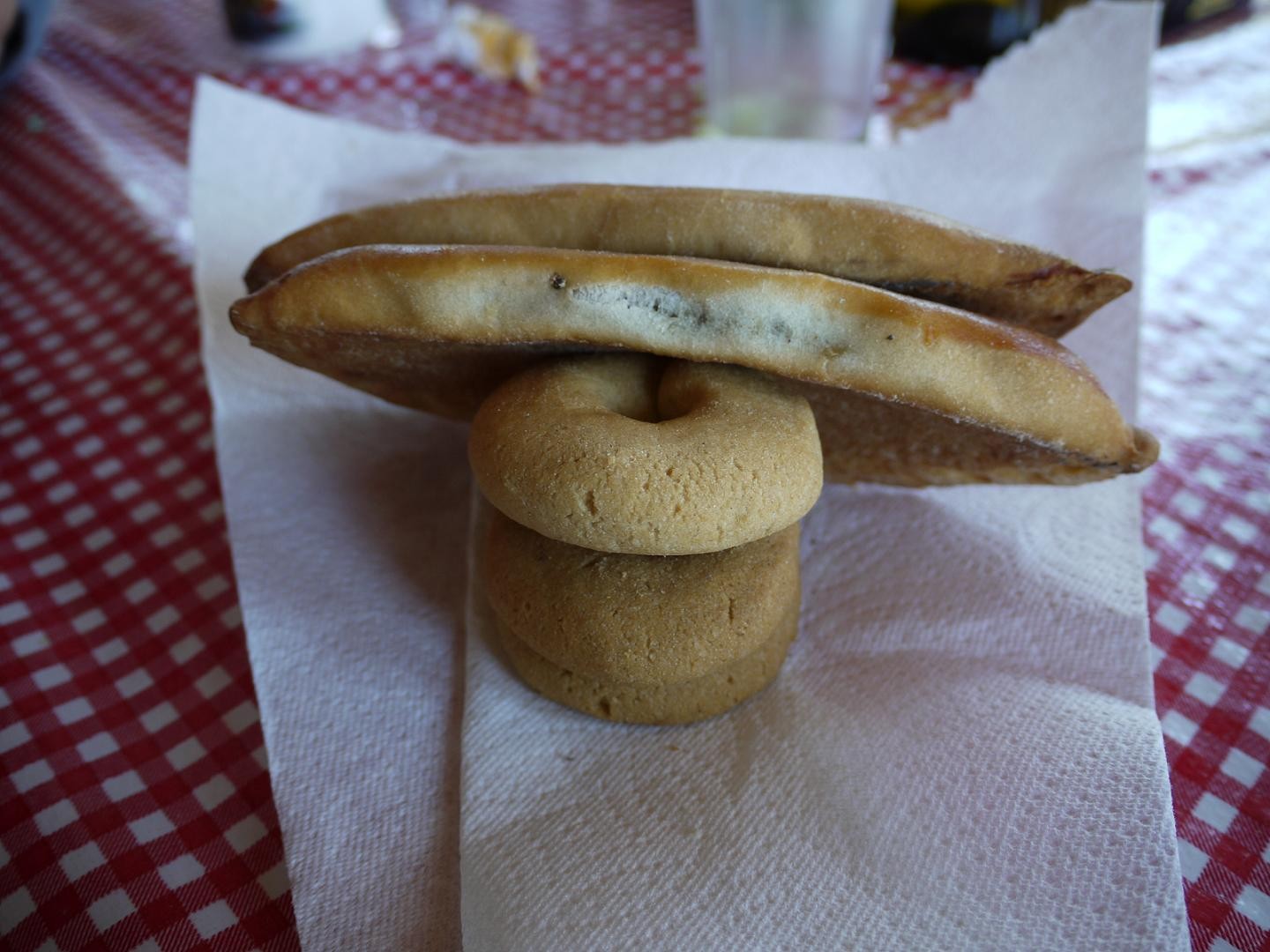
La Cocina de Do
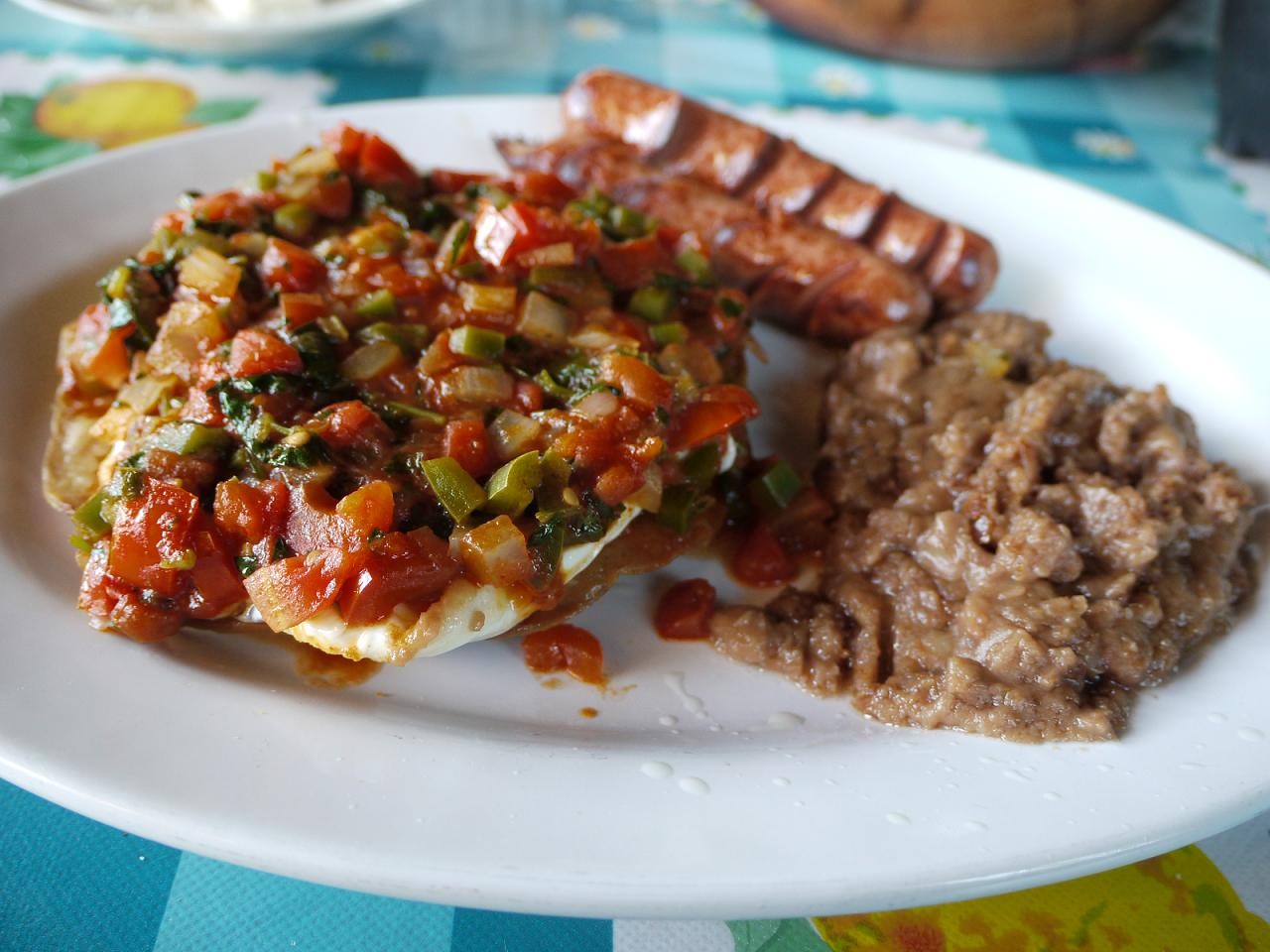

Huevos rancheros come with a traditional ranch sauces of tomatoes peppers, and onions on a tostada, frijoles puercos, and scored, grilled wieners; before I had a chance to turn my nose up, I had finished both frankfurters, and was even dipping them in the beans.
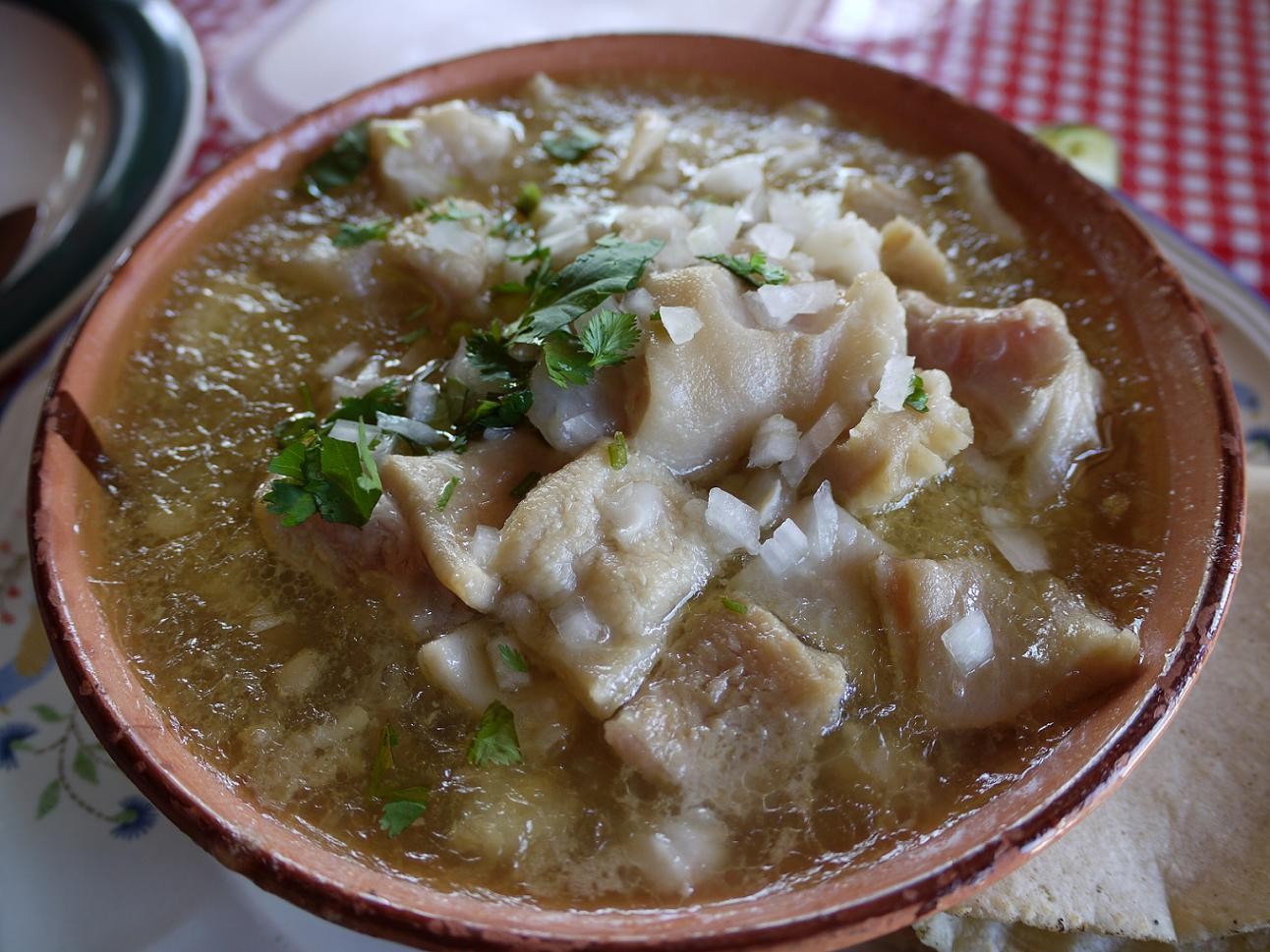
Perhaps the best dish on the menu is the traditional Sinaloan white menudo, that has a gelatinous stock so rich it could displace La Tetanic–we're talking Roxana Martinez, not the doomed cruise liner. When I brought my friend, Andrew Zimmern here he tweeted that it was the “best menudo on the planet”–I've no evidence to the contrary. Sorry, tio Benjamin. The beef stomach and tendon have been cooked so tender they practically liquefy in your mouth.
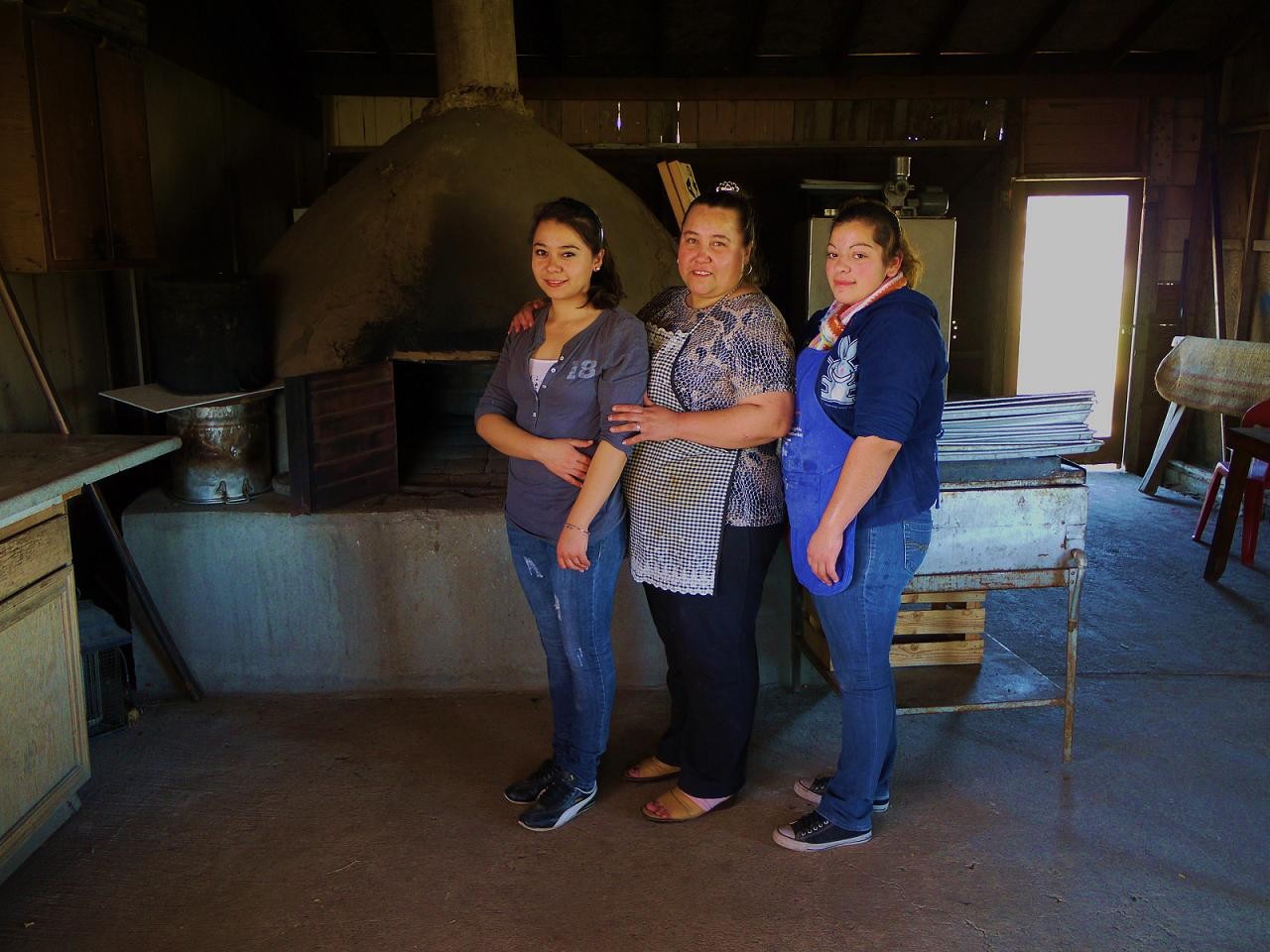
a Esthela(center) with her daughters
There are never enough fresh tortillas on your table, you never run out of Esthela's homemade queso fresco, and a member of the family always checks up on you. The kitchen there is light and life that ends with the adjacent living room that's drab but comfortable for her husband to enjoy some beers with a soccer match, or a baseball game. It's a house, and a small farm, but it really is a brilliant country kitchen and all things revolve around La Cocina here in this remote section of the Valle de Guadalupe.
You can always ask how to get to La Lomita, where the Valle's own novela “Cuando me Enamora” was filmed, which is appropriate, because all who come here will fall in love with
Doña Esthela's cooking.
La Cocina de Doña Esthela is open daily for breakfast and lunch. Take the ruta del vino, highway 3 from Ensenada-Tecate to San Antonio de la Minas, take the road(left) to El Tigre until you come to the end and make a road on the main road. The entrance to La Comunidad de San Marcos, fraccionamiento 13 will be on your right, follow the wine route signs to La Cocina de Doña Esthela and La Lomita, go over the hill, and take the only left at the on the other side of the hill. The road will take you straight to the restaurant, which is about 500 feet ahead.
Follow Stick a Fork In It on Twitter @ocweeklyfood or on Facebook! And don't forget to download our free Best Of App here!

